Torakusu Yamaha established his company as a piano and reed organ manufacturer in Hamamatsu, the Shizuoka prefecture of Japan, in 1887. Today, the company’s logo is a trio of interlocking tuning forks. After World War II, company president Genichi Kawakami repurposed the remains of the company’s war-time production machinery and the company’s expertise in metallurgical technologies to manufacturing motorcycles [See our article: Japanese Motorcycling: the Early Days].
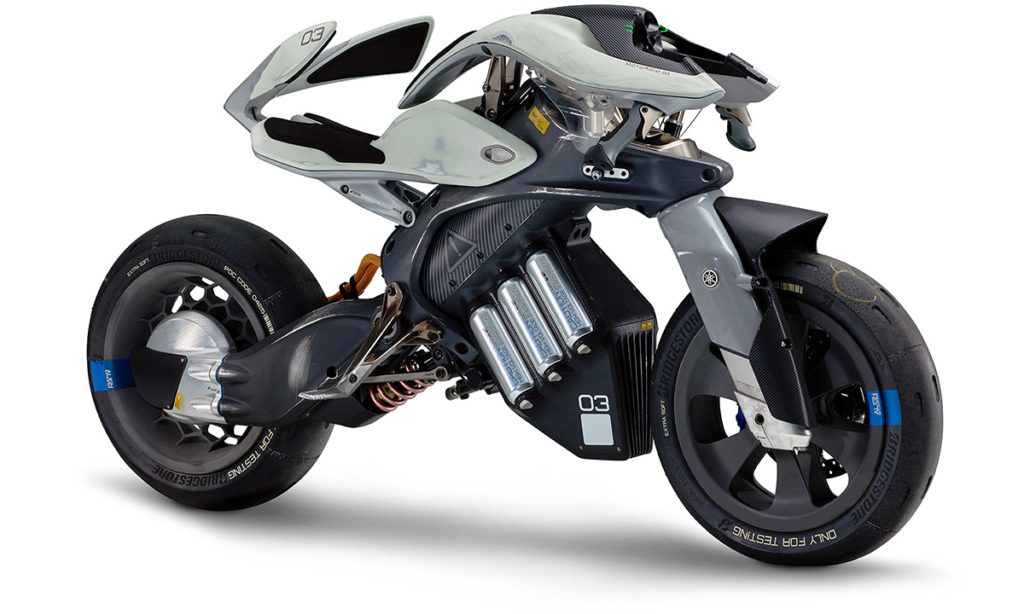
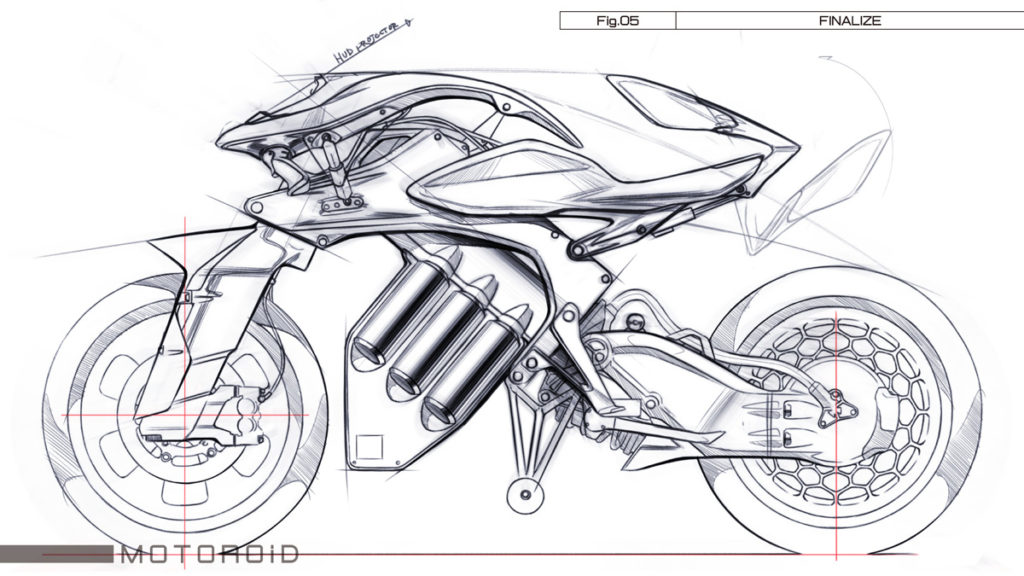
According to Yamaha, its aim was to “create a new-generation motorcycle in the unique style of Yamaha, so that when the rider settles into the racer-like riding position and grabs the handlebars, it provides a sporty and exciting riding experience regardless of the person’s individual skills or athleticism.” The world seems ready for this bike!
What lies beneath?
The 479-pound MOTOROiD is equipped with high-precision balance control via artificial intelligence and autonomous technology, and it can sense its own state and adjust its center of gravity accordingly to stand up off its kickstand and remain upright unassisted. It can also recognize its owner and move forward to meet him/her, as well as react based on its rider’s actions thanks to its human-machine interface (HMI).
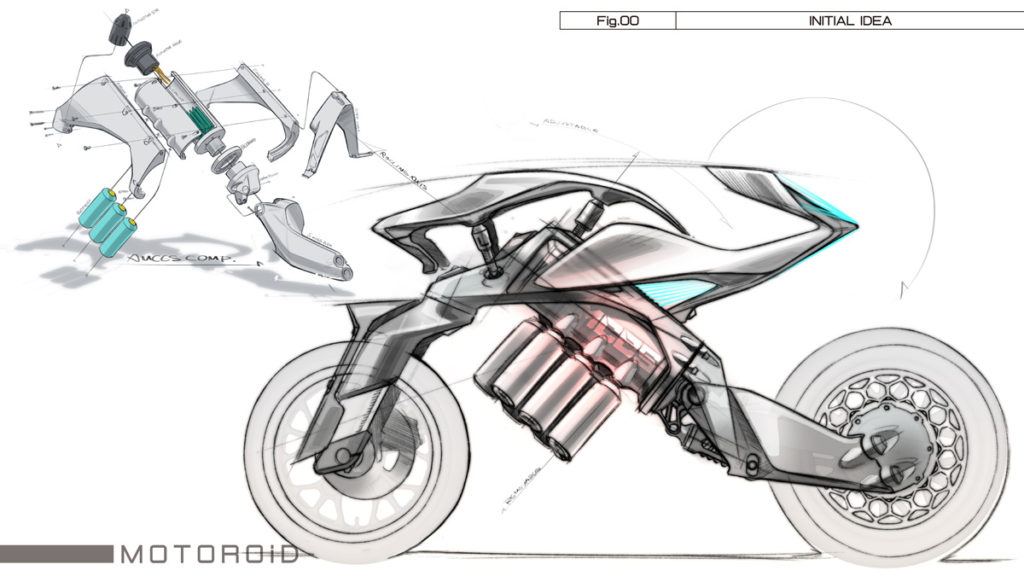
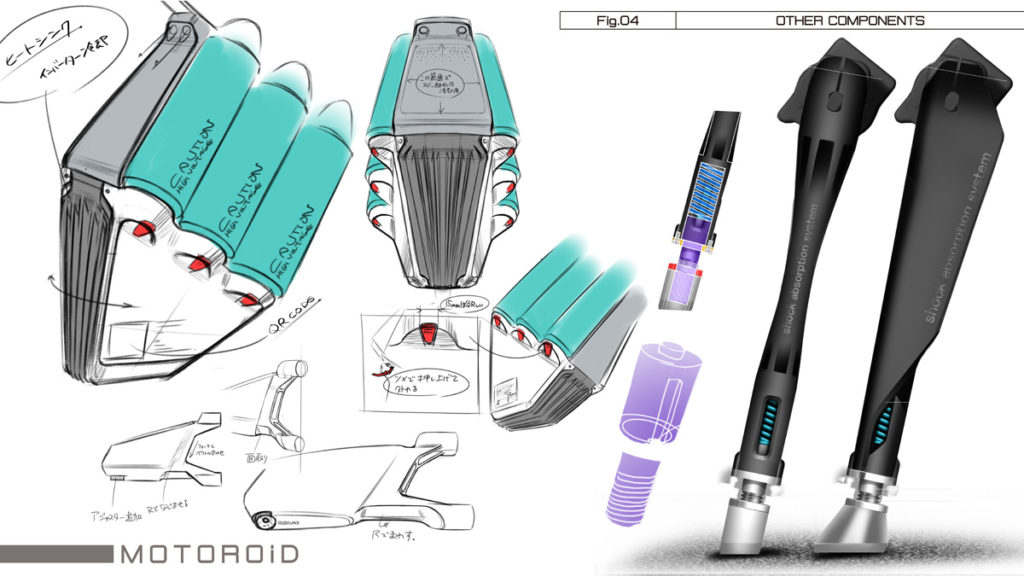
During rotation, the battery moves either right or left, acting as a counterweight that enables the machine to maintain balance and remain upright at a standstill. The inner frame unit area rotates around the AMCES axis via electronic control.
What does all this tech mean?
Control Unit: This integrates and controls all of MOTOROiD’s functions and operations, from the image recognition artificial intelligence (AI) and inertial measurement unit (IMU) data to other various vehicle data. Thanks to high-speed processing, the unit can relay instructions to the entire machine for not only AMCES, but also the steer-by-wire system (electronic front-wheel steering inputs), kickstand, powertrain, HMI and more.
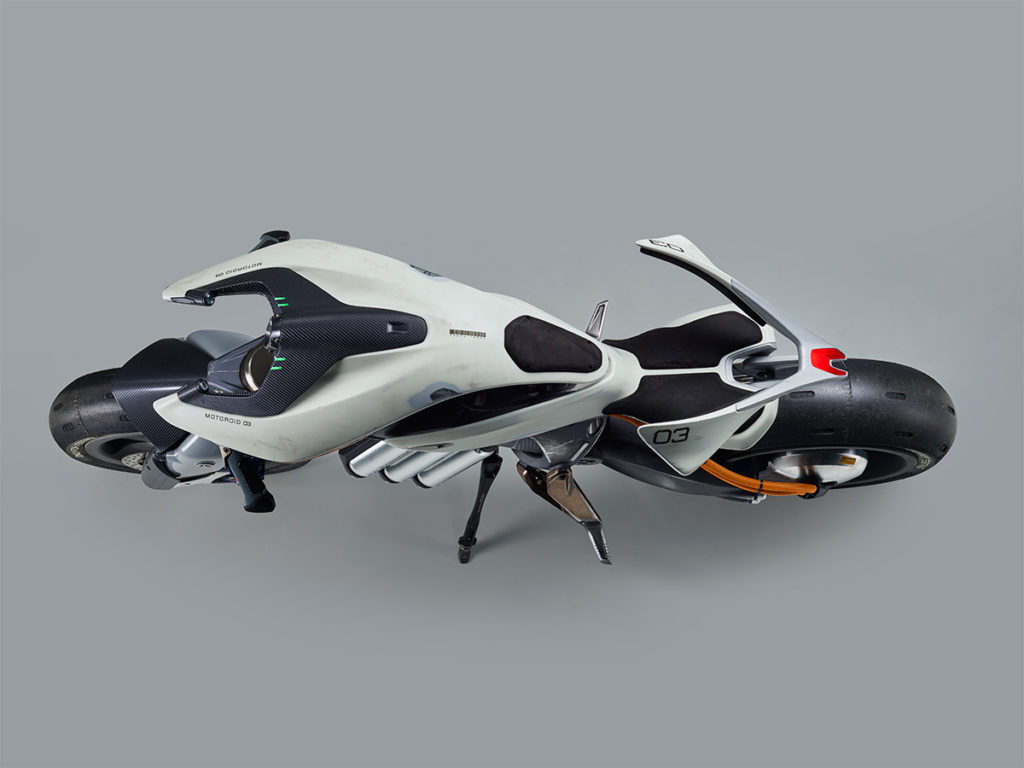
Main Actuator: The main actuator, which receives instructions from the control unit, rotates parts around the AMCES axis with high precision, thus controlling the machine’s center of gravity. Besides the main actuator, MOTOROiD has several other large and small actuators.
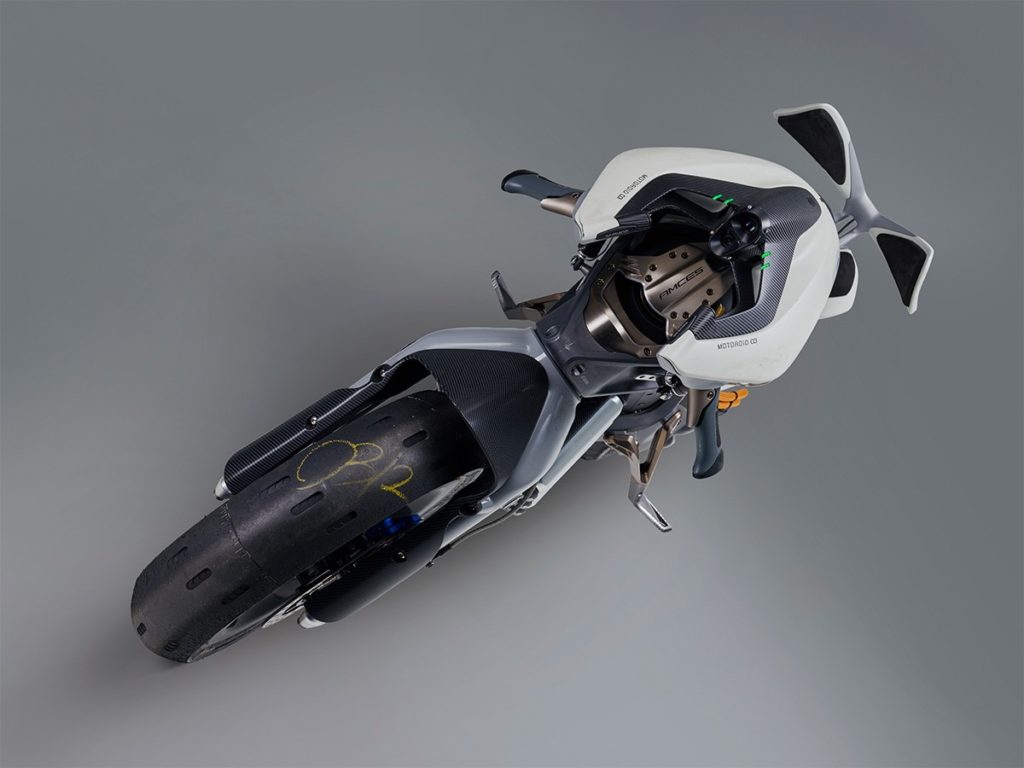
Haptic HMI: MOTOROiD also features haptic (more commonly known as “force feedback”) devices. The haptic human-machine interface (HMI) works to provide a greater sense of unity between rider and machine as it contacts the rider’s waist and chest area, as if the owner is being embraced by the vehicle. These contact points are aimed at a more intuitive form of feedback and interaction between the rider and machine.
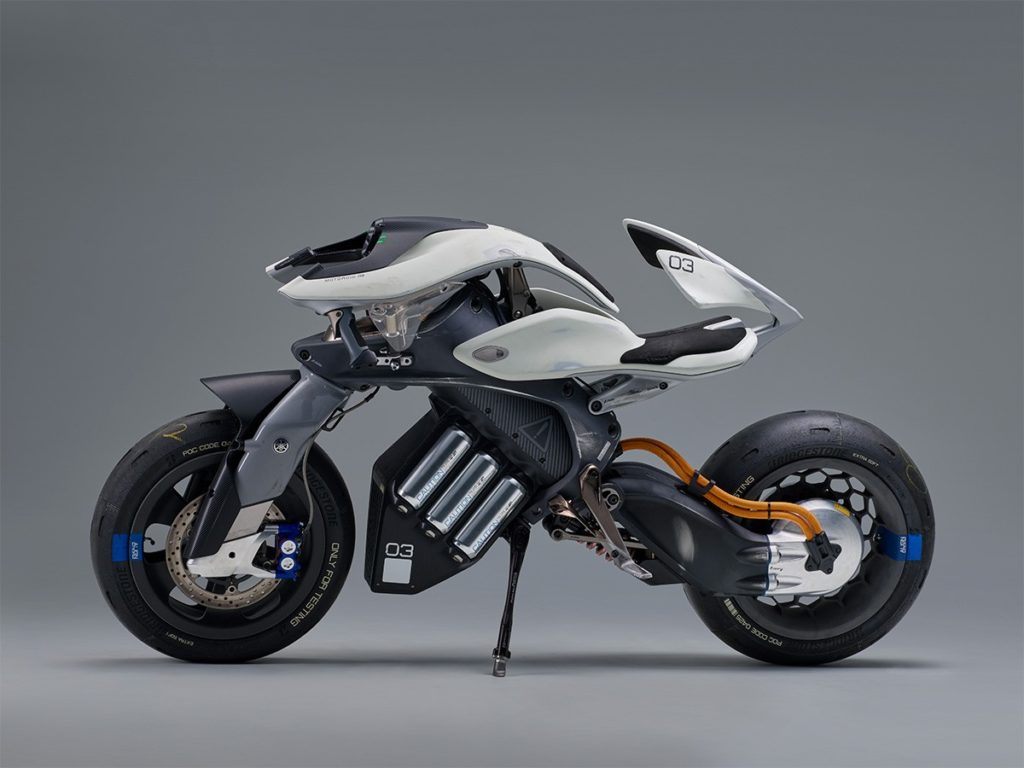

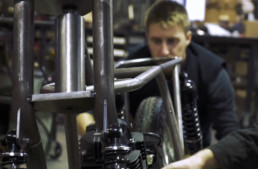

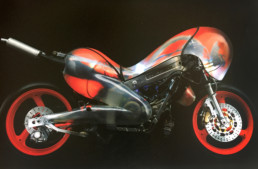
FYI ; 90% of all major ( and minor ) professional jazz pianists along with 99% of all rockers ( touring with an acoustic or semi acoustic piano ) chose Yamaha .. as do the majority of recording studios across the world . Why ? Because the sound quality is at least equal to the competition with vastly better reliability and stability ( to remain in tune )
As for the bike ? Finally someone is creating a bespoke platform for an EV M/C taking advantage of the benefits of an EV rather than stuffing EV components into an ICE platform/frame
I definitively prefer my old BMW Gnome or Velocette who do not recognize my face!
But it’s maybe the futur…